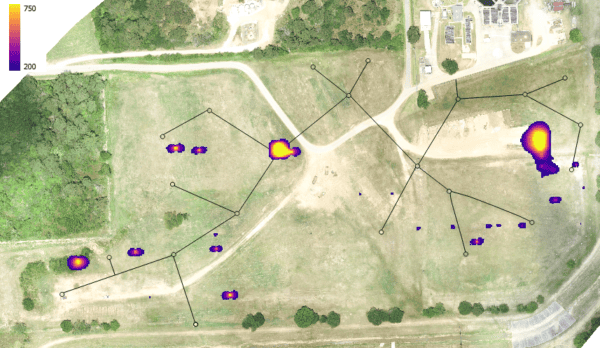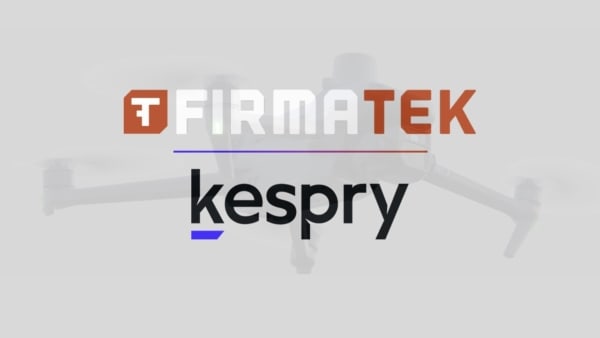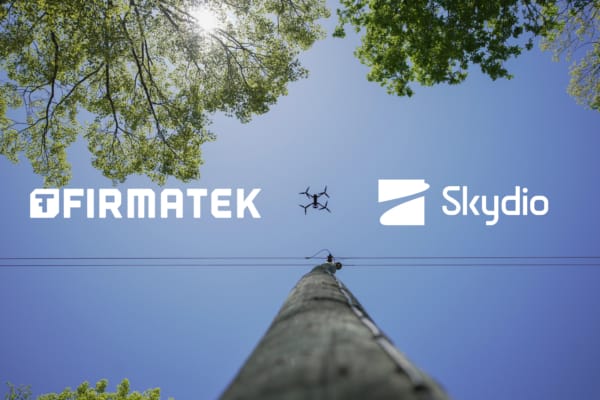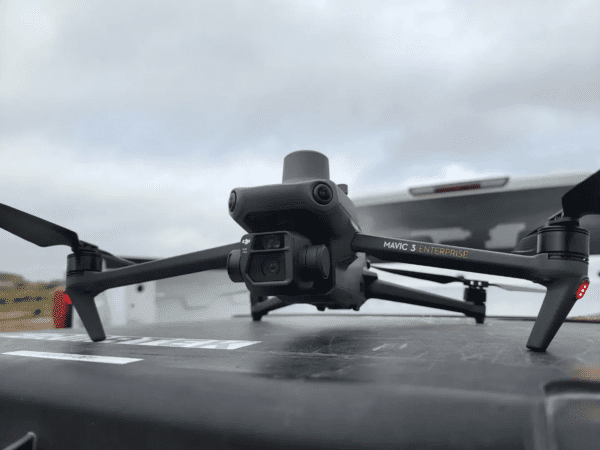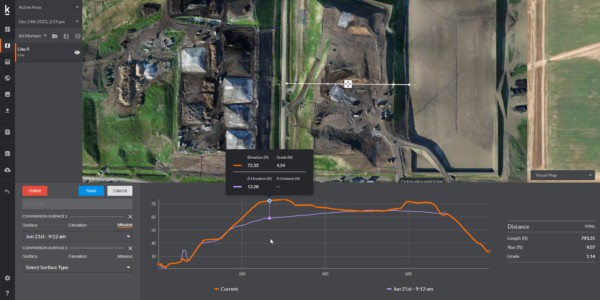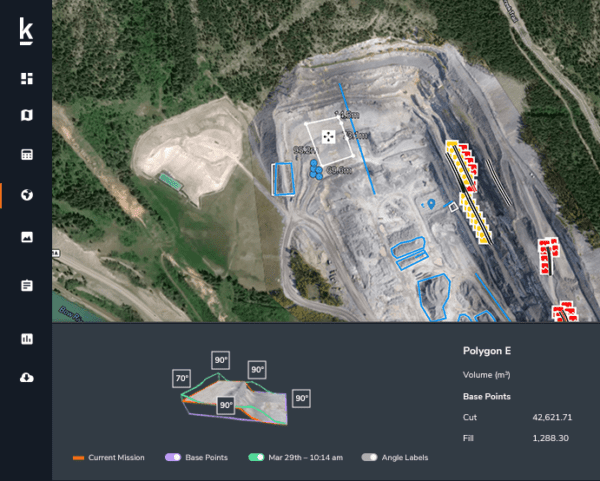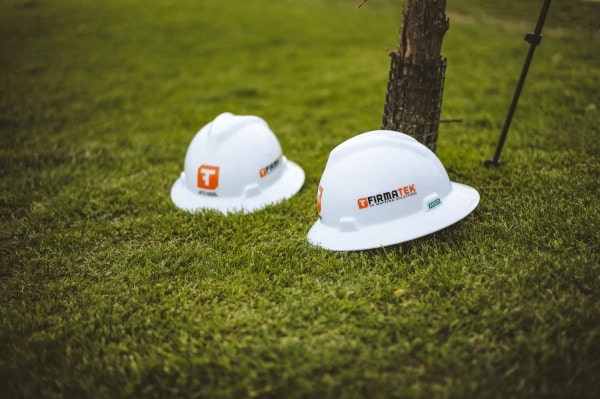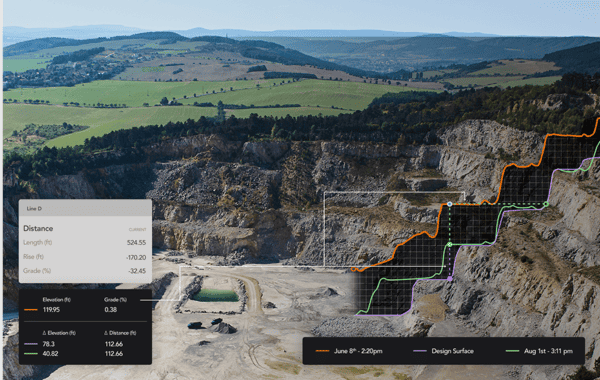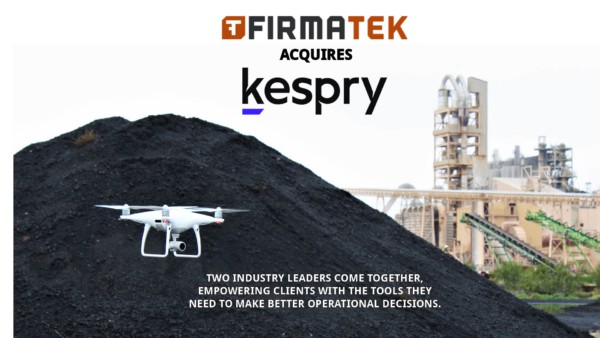Technological innovation has hit critical mass in recent decades, revolutionizing nearly every industry. Mining is no exception.
Mining productivity has declined worldwide in recent years. Researchers Ajay Lala, Mukani Moyo, Stefan Rehbach and Richard Sellschop estimate that operations worldwide are 28 percent less productive than they were 10 years ago, even after declining ore grades are taken into account.
Often, technology becomes the source to which mining professionals turn to address this problem. With so many new technologies on the market, however, it can be difficult to tell which options truly make mine operations more efficient — and which are simply the newest “gadget.”
Here, we explore several types of mining technology to examine what each one does and how well it works. We also examine several case studies in which tech is put to on-site, real-world use to see how it measures up.
Automated Drilling
While automation systems for drilling have taken hold in a number of mining operations worldwide, the complex nature of the drilling process means that many operations take a piecemeal approach to automation.
The piecemeal approach can improve efficiencies in certain areas, but it can also lead to greater complexities and, in some cases, additional injuries. To streamline the automation process, some companies in the business, including Sandvik and ASI, specialize in developing complete automation systems.
One such system is currently in place in the gold mine at Jundee, Australia, where underground operations are supervised by Byrnecut Australia. By using automated drilling systems, Byrnecut increased productivity, not only reviving Jundee’s operations but allowing them to thrive, notes managing director Pat Boniwell. In fact, during the December 2016 quarter, Jundee produced 59,527 ounces of gold — or nearly half of the total amount the mine’s owner, Northern Star, produced during the quarter.
The specifications for an automated drilling system produced by Komatsu provide a clear example of the technology’s flexibility and efficiency. Automation systems created for the company’s P&H 77XD and 320XPC drills offer obstacle detection sensors, auto navigation, high-precision GPS, and an auto drill that allows for rotary speed and feed-rate adjustments “on the fly.”
Biochemical Reactors for Waste Management
Waste management, particularly regarding water used in mining operations, has long been a subject of concern in mining. One attempt to “green” the mining process uses biochemical reactors, or BCRs. These engineered treatment systems employ an organic substrate to reduce levels of sulfates and metals in mining-influenced waters (MIW), as well as to reduce acidity levels, according to the Interstate Technology & Regulatory Council. Treatment may expand the range of options for storage or disposal of MIWs.
Several mining sites throughout the United States currently use biochemical reactors, including the Golinsky Copper Mine in California. Now managed by the U.S. Forest Service, the site produced copper between 1890 and 1930 and continues to discharge acid mine drainage to the nearby Little Backbone Creek. Copper, zinc and cadmium levels in the discharging water are considerably higher than federal safe levels, according to the California Regional Water Quality Control Board.
The BCR at Golinsky diverts discharge to three holding ponds in which sulfide-eating bacteria reside. As the water passes through the ponds, the bacteria go to work, causing carbonates and heavy metals to precipitate. While the resulting treated water does not yet meet California’s strict environmental standards for discharge to surface waters, it does meet federal standards for many of the metals it contains.
The site’s eventual goal is to remove 99 percent of the cadmium, copper, iron and zinc in the water, according to a 2008 Action Memo by site contact Brad Shipley. Continuing upgrades and care for the site will be necessary as technologies improve and as performance declines due to changes in the microbial population, predict researchers Parissa Mirjafari and Susan A. Baldwin.
Driverless Transportation
Extracting resources from mines is only one step in the process of making mining a profitable, industry-supporting endeavor. Extracted materials must also be transported to buyers, who may be located across the country or across the globe.
One mining site in Australia is experimenting with driverless technology for transporting iron ore across the hundreds of miles of outback to the nearest port. According to Tom Simonite at MIT Technology Review, mining company Rio Tinto has 73 driverless vehicles currently hauling iron ore 24 hours a day. The company is also examining options for upgrading train lines to include not only driverless locomotives, but systems that load and unload the train cars automatically.
Driverless technology is still being tested on public roads. In mining, however, “it’s easier to deploy because these environments are already highly regulated,” notes Carnegie Mellon University National Robotics Engineering Center director Herman Herman.
Companies like Komatsu and Caterpillar supply the trucks, which use tools like precision GPS, radar and LiDAR to spot and avoid obstacles in their paths. LiDAR technologies are also the primary method by which prototype driverless passenger vehicles sense their environment.
At Rio Tinto, the investment in driverless technology has resulted in a 15-percent reduction in haulage costs, according to the site’s productivity manager, Rob Atkinson. The trucks are more consistent than human drivers, which not only saves time, but also improves safety. Savings on maintenance are also anticipated, because the technology can apply brakes and controls more precisely.
Sensors, Data and Drones
With the expansion of technology comes an explosion in the amount of data generated. For instance, more data was created in 2015 alone than existed in the entire history of computing through 2003.
Mines can greatly benefit from the thoughtful use of sensor technology and the computing power to analyze that data effectively, note Hugh Durrant-Whyte, Ryan Geraghty, Ferran Pujol, and Richard Sellschop in an article for McKinsey. Examples include using sensors to examine rock composition; employing high-sensitivity GPS to spot obstacles during the drilling process; and employing drones to map, analyze, and examine mining sites, waste treatment areas, and accident zones.
A distributed control system (DCS) offers one option for tracking this data, according to Hein Hiestermann, Global Director of the Mining Industry at Rockwell Automation. The DCS allows for real-time information and monitoring that links every aspect of the mining operation, bringing disparate data streams together into one system and making it easier to see the “big picture” without losing track of the details.
Surveyors Kerstin Traut, Nigel King and Ruairi Hardman offer a case study on aerial mapping from one of the largest open-pit copper mines in Kazakhstan. Unmanned aerial vehicles (UAVs) are used daily at the site to monitor the mine’s status, plan pits, leach pads, and infrastructure; estimate stockpile volumes; plan site rehabilitation; and patrol the perimeter.
Future Challenges
Technologies are being productively employed to address a number of immediate challenges in mining, including lower yields, lower ore quality, and mounting production and haulage costs. But technology use in mining also comes with challenges of its own.
As the study by Mirjafari and Baldwin demonstrates, biochemical reactors are not a “set it and forget it” option. The U.S. Forest Service estimates that the Golinsky Mine BCR costs approximately $65,000 per year to run, and the site must be monitored to ensure the bacteria responsible for remediating mine-influenced waters maintain a sufficient population to meet remediation targets.
The advent of Big Data in mining operations also produces challenges. As Hugh Durrant-Whyte, et al. note, mining companies — like many organizations — use only a fraction of the data they collect. Data may not be captured or stored in an accessible format. If stored, it may not be analyzed, communicated or considered in the decision-making process.
Data use in mining also faces a more archaic problem. While the thoughtful application of geologic data to potential mine sites could result in improved yields of higher-quality ore, much of the geologic data available is still in paper format — and the costs of transferring it to a digital medium that a computer can analyze is still written off as cost-prohibitive in most industries, according to the Committee on Technologies for the Mining Industries of the National Research Council, authors of Evolutionary and Revolutionary Technologies for Mining.
Finally, mining operations may be hampered by a short-term view. As Joe Amadi-Echendu, Obbie Lephauphau, Macks Maswanganyi and Malusi Mkhize note in an article in the Journal of Engineering and Technology Management, “technology planning and forecasting received priority attention only as far as they may be linked to making production tonnage in the short term.” However, the authors note, this short-term approach often fails to maximize the true potential of the technology in question, missing the potential the technology provides for long-term solutions that address mining’s current and future challenges.
Images by: photollurg/©123RF Stock Photo, joruba/©123RF Stock Photo, everythingpossible/©123RF Stock Photo


